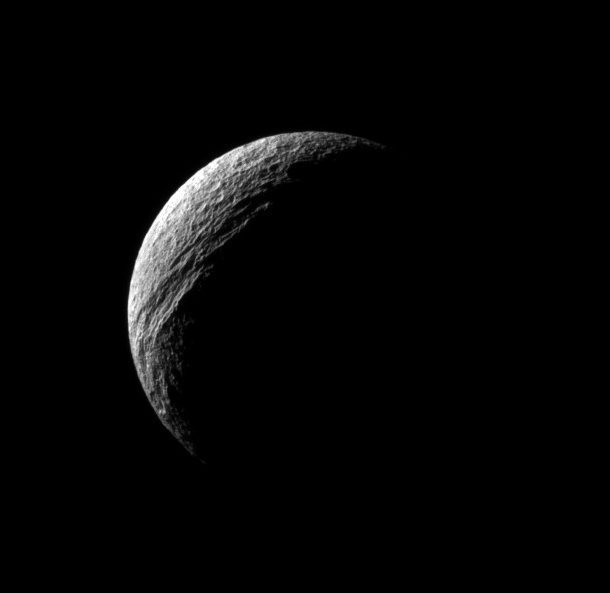Kinetic Processes at Airless Bodies: What we study
Airless, non-magnetized bodies in the Solar System respond to external plasma and magnetic fields in ways quite different from bodies possessing substantial atmospheres or substantial global magnetic fields. In the absence of a protective, conductive atmosphere or significant magnetic boundary, external plasma can directly impact the surface, resulting in a broad array of surface-plasma interactions and the creation of a plasma wake downstream of the body. These interactions result in the creation of a variety of non-equilibrium plasma distributions that can in turn drive wave turbulence. Since, during these interactions, the plasma cannot be described as a single fluid, it is essential to examine kinetic plasma processes to interpret the observations.
Our ISSI Team studies such kinetic plasma processes occurring at airless bodies in the Solar System. The goal of the Team is to characterize and compare the kinetic plasma processes occurring around airless bodies including the Moon, asteroids, and the airless satellites of Mars, Jupiter, and Saturn where plasma and/or magnetic field measurements exist. We focus on the non-equilibrium plasma distributions produced by the interaction of solar wind and/or magnetospheric plasma with airless bodies (and the localized electric and magnetic fields associated with such bodies) and the plasma processes that both generate and grow from such these distributions. Additionally, we also study the plasma wave environment around airless bodies and determine how the observed wave activity is related to the observed non-equilibrium plasma distributions. These objectives are achieved through a combination of analysis of observational data and simulation results. Both recent and historic data from airless bodies are essential in understanding the plasma processes occurring there. These activities seek to advance our understanding of the basic plasma processes occurring in the Solar System.
Our proposal can be found here.

